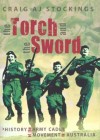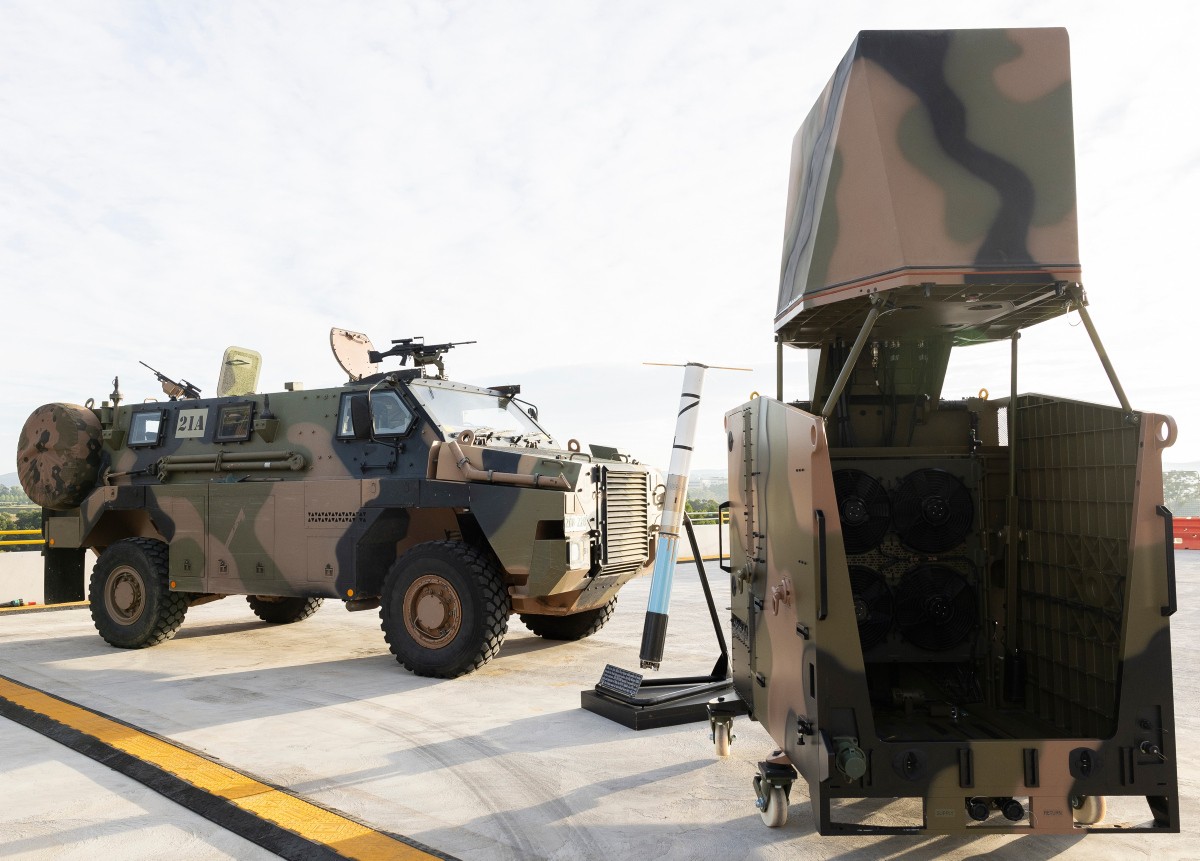Book Review - The Torch and the Sword: A History of the Army Cadet Movement in Australia
The Torch and the Sword: A History of the Army Cadet Movement in Australia
Written by: Craig Stockings,
UNSW Press, Sydney, 2007,
ISBN: 9780868408385, 328pp.
Reviewed by: Lieutenant General John Coates (Retd)
For those among the reading audience who were never school cadets, this book is unlikely to be a riveting read. It is a subject that has not been handled comprehensively before, and as part of the frequently febrile defence debate, it deserves its place in Australia’s military and social history. The book began life as a PhD thesis, and has all the hallmarks of a rigorous treatment of the subject. Yet, as the author points out in the introduction, it also tells a tale of intense human interaction, especially given the importance placed on the cadet organisation over time by politicians, military officers, teachers, educational administrators and the public at large. Throughout its 140-year history from 1866 until now, it has had various titles and is currently known as the Australian Army Cadets.
In his own foreword to the book, the Governor-General, Major General Michael Jeffery—the author was once his aide-de-camp—records how much the school cadets meant to him:
Like most schoolchildren who have donned a uniform I gained much from my cadet experience. Far more than the joys of nights spent under canvas and hours spent on the rifle range. I learnt a sense of self-discipline and confidence that stood me in good stead in the years to come. It was cadets that decided me – and many like me – on a military career and for that I will be forever grateful.
That statement will almost certainly be endorsed by all of us who came out of the school cadets, then moved on to Duntroon or Portsea and thence into the Army. In fact, building on a whole set of statistics about cadet service leading to service in the regular Army, Army apprentices, and generally as a conduit to adult military service and perhaps to high command, Professor Ian McAllister, the then-head of the Politics Department at the Australian Defence Force Academy, found in an investigation in 1995 that ‘a strong link existed between cadet membership and institutional (military) values’. He concluded his study by pointing to the cost-effectiveness of the Australian Cadet Corps as a recruiting asset that far outweighed other informal means of recruitment, given, for example, the heavy cost of media advertising and other measures intended to entice young men and women into the Army.
Stockings takes all this on board. Moreover, early on he establishes a template to marshal and assess the material with which he is working. His general finding is that throughout cadet history, four fundamental forces have shaped the form and character of the movement: first, and foremost, the Army itself; second, the ‘educationalists’ in state education departments or among bureaucrats, headmasters, teachers, ‘or any union thereof’; third, social attitudes concerned with the moral, ethical, physical and attitudinal disposition of Australian youth—’The movement’s history’, he states, ‘is steeped in rhetoric concerning character development issuing from political, religious, military, educational and parental sources, and key decisions concerning the cadet movement are still made under those social constructs’. The final force concerns finance—when the fiscal situation has tightened, the cadet movement has been preyed upon by its military and educational patrons in the name of cost-cutting.
Using this four pillar model, the author has then examined cadet development spanning 1866-2006, noting that when the pillars are in equilibrium with each bearing its share of the weight, the organisation has thrived and been happy; when one or other sags or crumbles, equilibrium is lost and the movement itself loses momentum and occasionally loses its way. Using the model, Stockings then surveys the cadet experience in ten chapters, commencing with its Colonial genesis from 1866 to 1905, concluding with a chapter entitled ‘Healing, harmony and hope, 1996-2006’ which, by its very title, underlines the vicissitudes that have arisen within the movement as it has made the transition from a relatively simple framework that concentrated on drill within schools aiming to instill simple discipline and social responsibility, to a much more advanced and complex set of expectations and purposes that fit the present, much more hectic military and social milieu.
The quality of the narrative lies very much in the author’s ability to illuminate the bumps and potholes that the whole Army has undergone over this period of nearly a century and a half as it has made the transition from a diverse set of colonies, through two World Wars, then into the turbulent Cold War experience of ‘proxy wars’, peacekeeping, and sectarian strife characterised by the continuing conflicts in Iraq and Afghanistan. And, while it may sound brutal to say so, the cadet movement has been forced to tag along, fairly much at the bottom of the food chain, while dedicated officers and NCOs wrestled with the dilemma of how to sustain its spirit and relevance in rapidly changing sets of circumstances.
At this point, let me indulge in a brief piece of nostalgia. For me and my Duntroon classmates, about half of whom started out as school cadets, the period of the late 1940s and early 1950s was just about the golden age of the movement: we had enough training time, ammunition in plenty (there was still a lot left over from the Second World War), a terrific group of regular Army warrant officers and senior NCOs as mentors and role models, specialist courses for Vickers machine-gunners and anti-tank weapons. To then reach the dizzy rank of cadet second lieutenant— with all its peer prestige—culminated some of the best of life’s early experiences.
In my opinion, two happenings in particular shattered this ideal state.
The first was the disastrous decision of the Whitlam Government in 1975 to disband the entire organisation, which is covered in the book. This, at the very time that the Australian Army as a whole was coming to terms with the scars of Vietnam and re-orienting itself to a totally novel set of strategic circumstances. By definition, the cadet movement could only go onwards and upwards from there.
The second grew out of Paul Dibb’s ‘Review of Australia’s Defence Capabilities’, which was then presented to Parliament as the Defence of Australia 1987, and which postulated several changes. The report called for government outlays of 2.6 per cent to 3.0 per cent of Gross Domestic Product, through the life of a vast program of expenditure, which included relatively little for the Army. How did this affect cadets? It did not do so directly because cadets were not mentioned. But indirectly, because Defence’s slice of the GDP pie never came within a bull’s roar of the fabled 2.6 to 3 per cent, most of which was earmarked for future capital equipment purchases for the other Services, it was axiomatic that Army’s personnel outlays would be cut, both then and in a further review in 1991. Anyone who had to work through the dialectics of that period, which concentrated on the benefits of a specious ‘moat’ strategy that also involved real setbacks for the Army, realised that there was much more at stake than dislocation of the cadets.
Happily, in the wake of all this the Australian Army Cadets, as it is now known, has survived as an organisation and in the author’s estimation is headed for a better future. We all share that hope.
The Torch and the Sword is a well-organised survey of an important subject. It deserves to be read.



